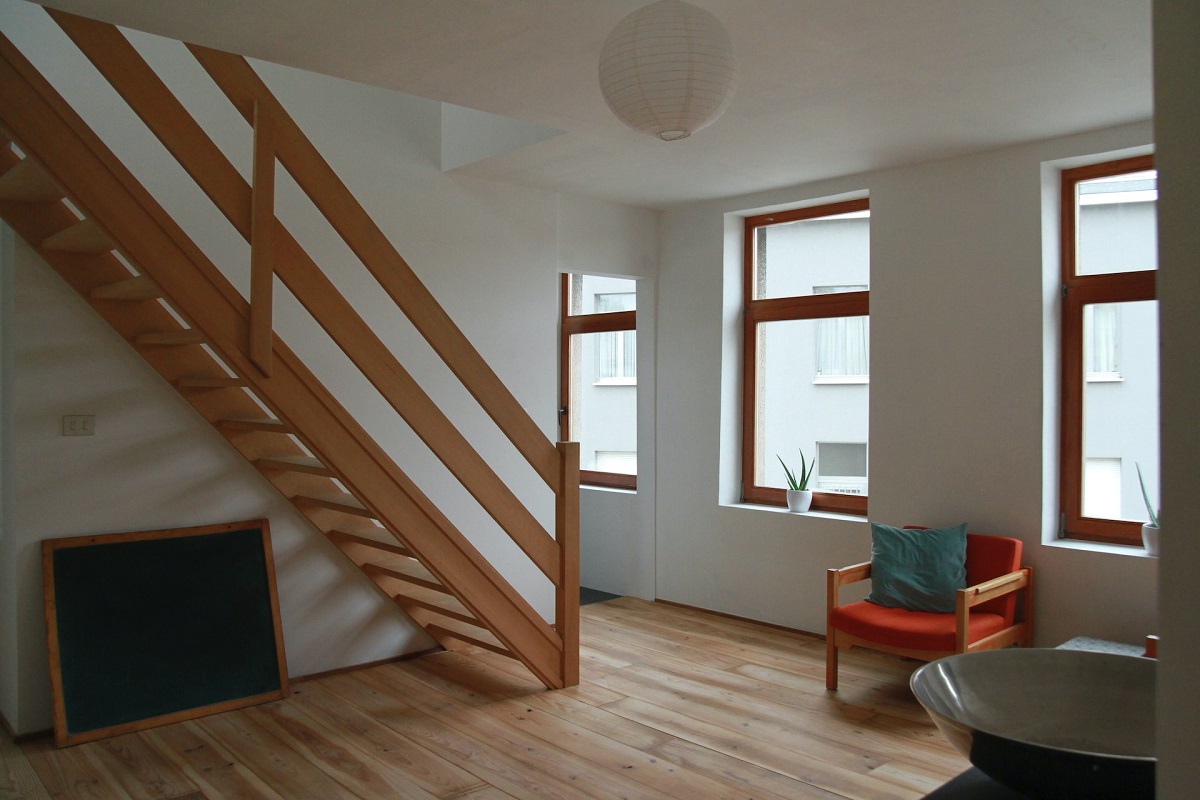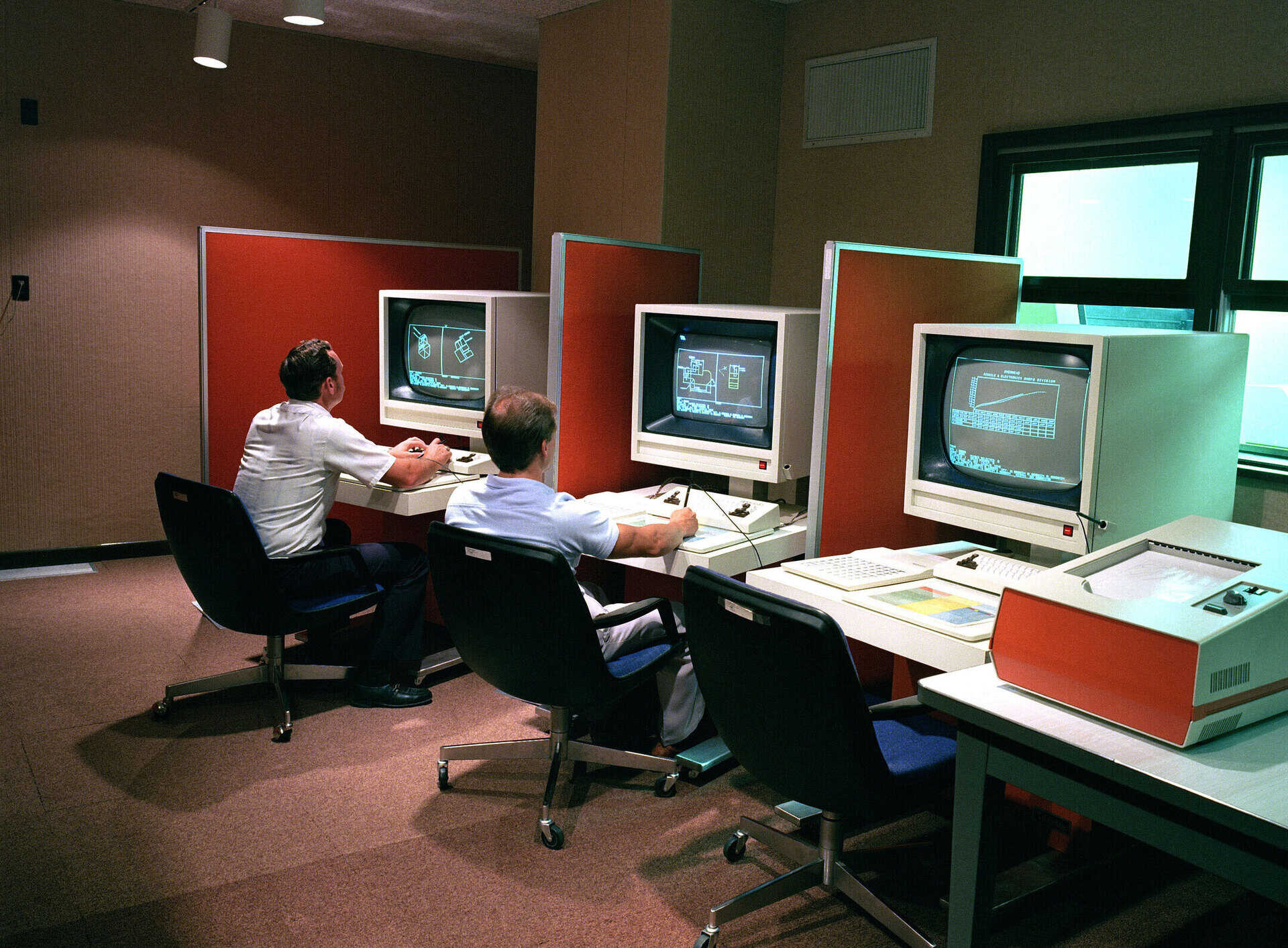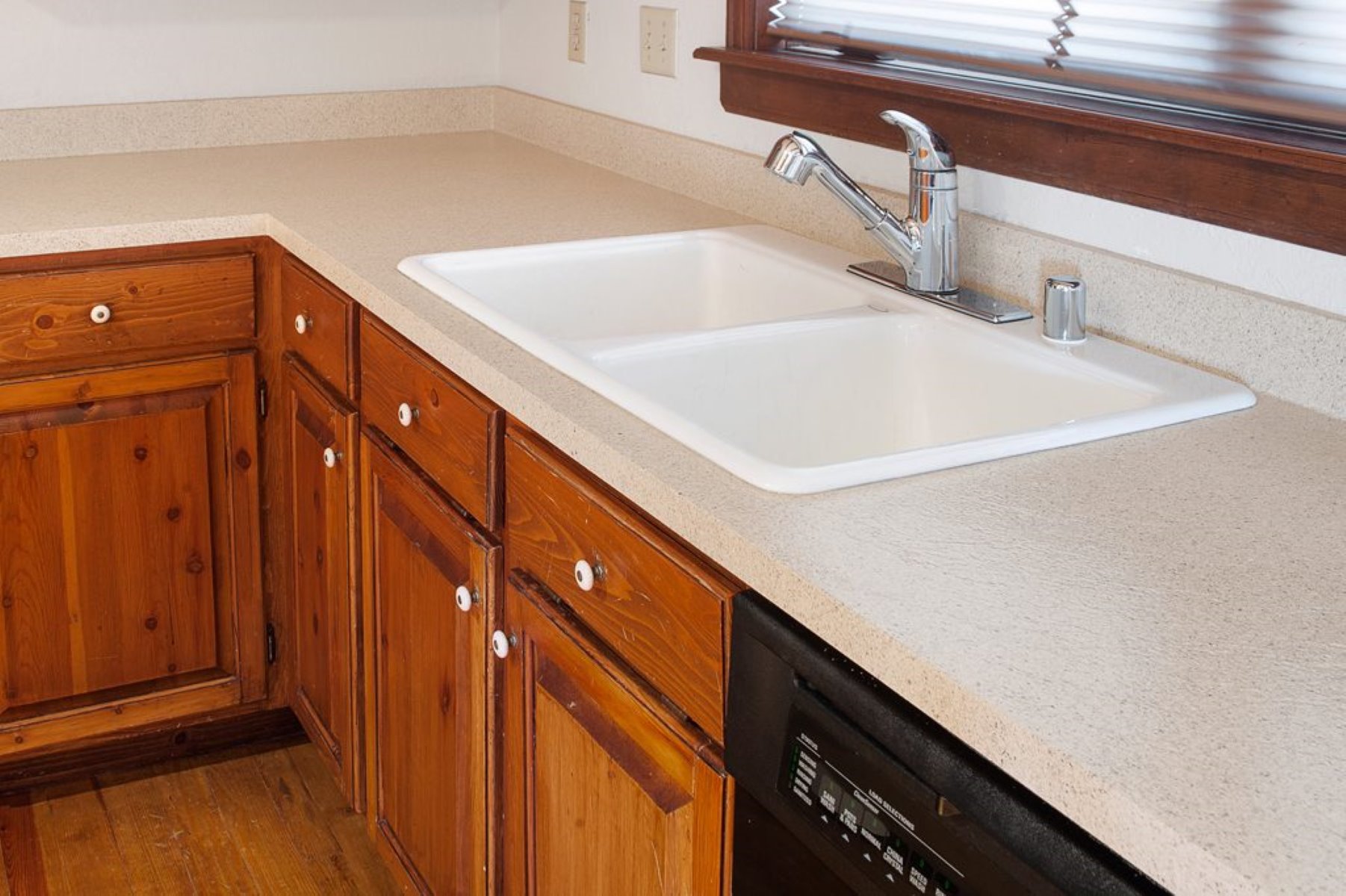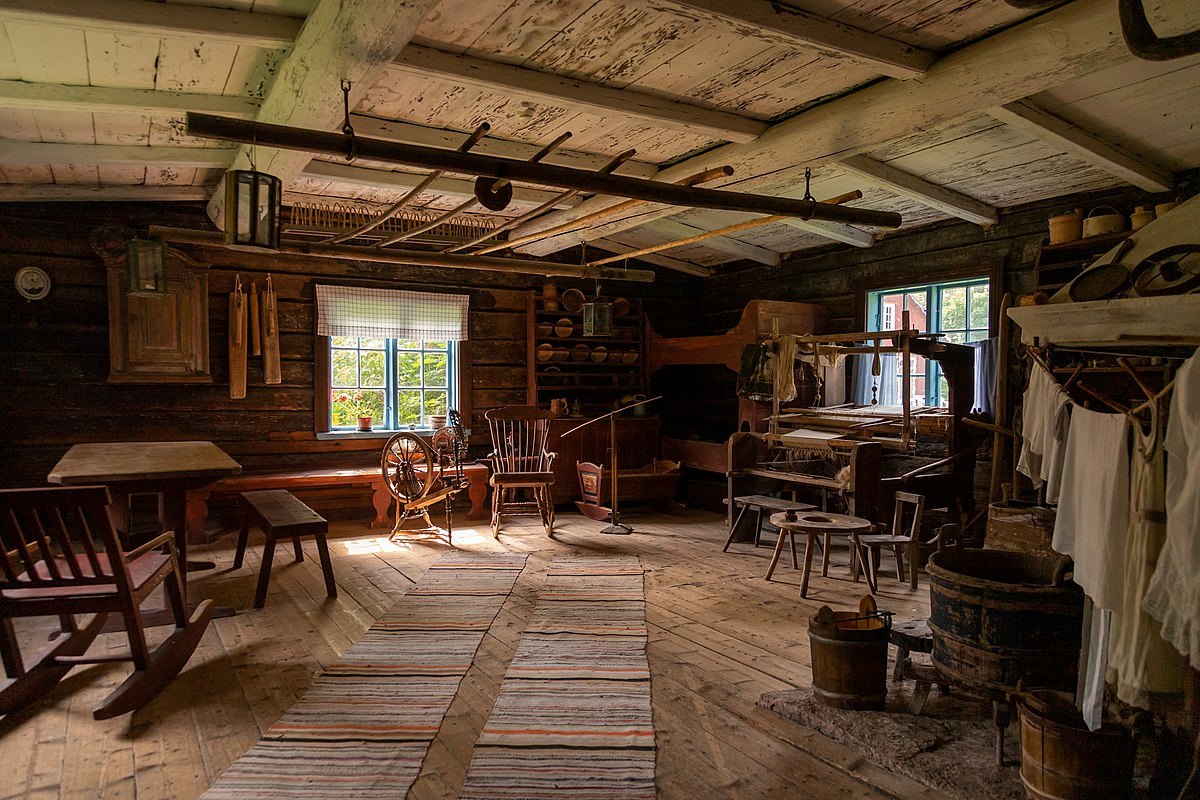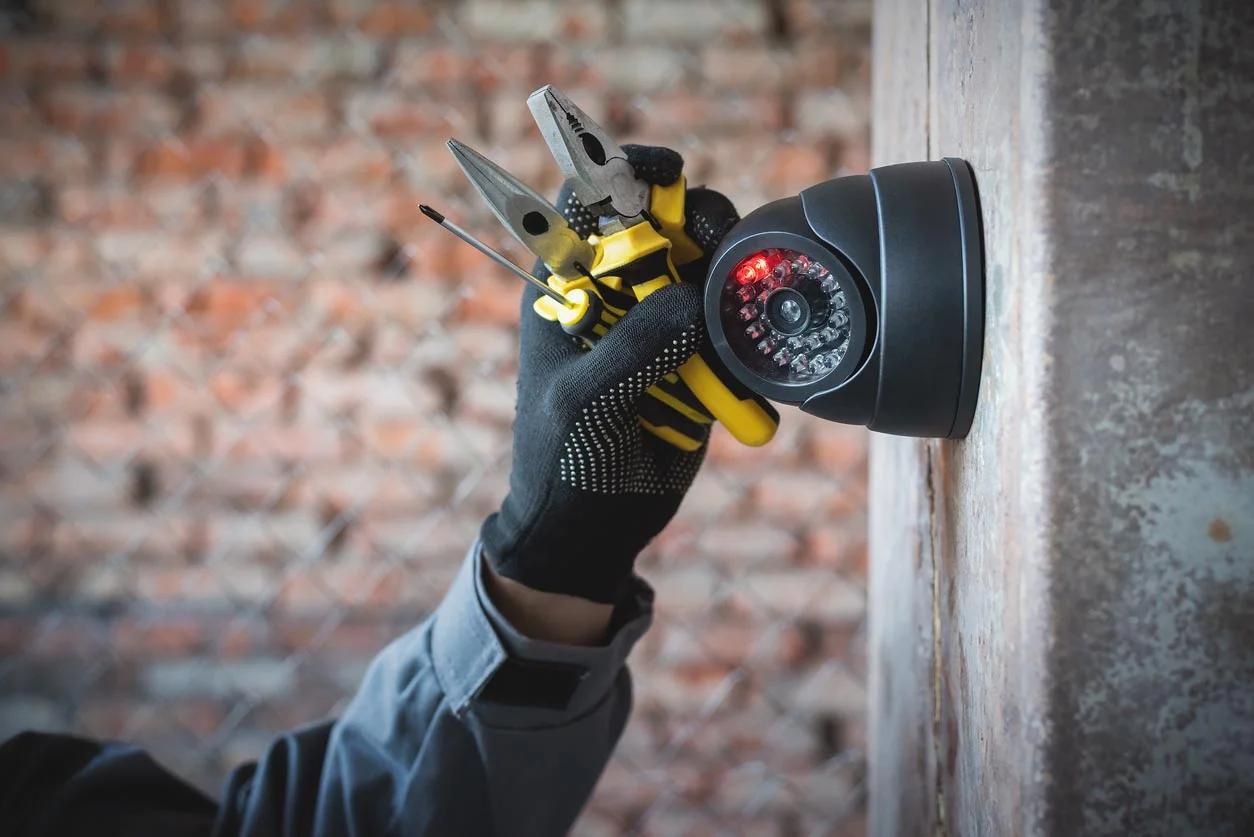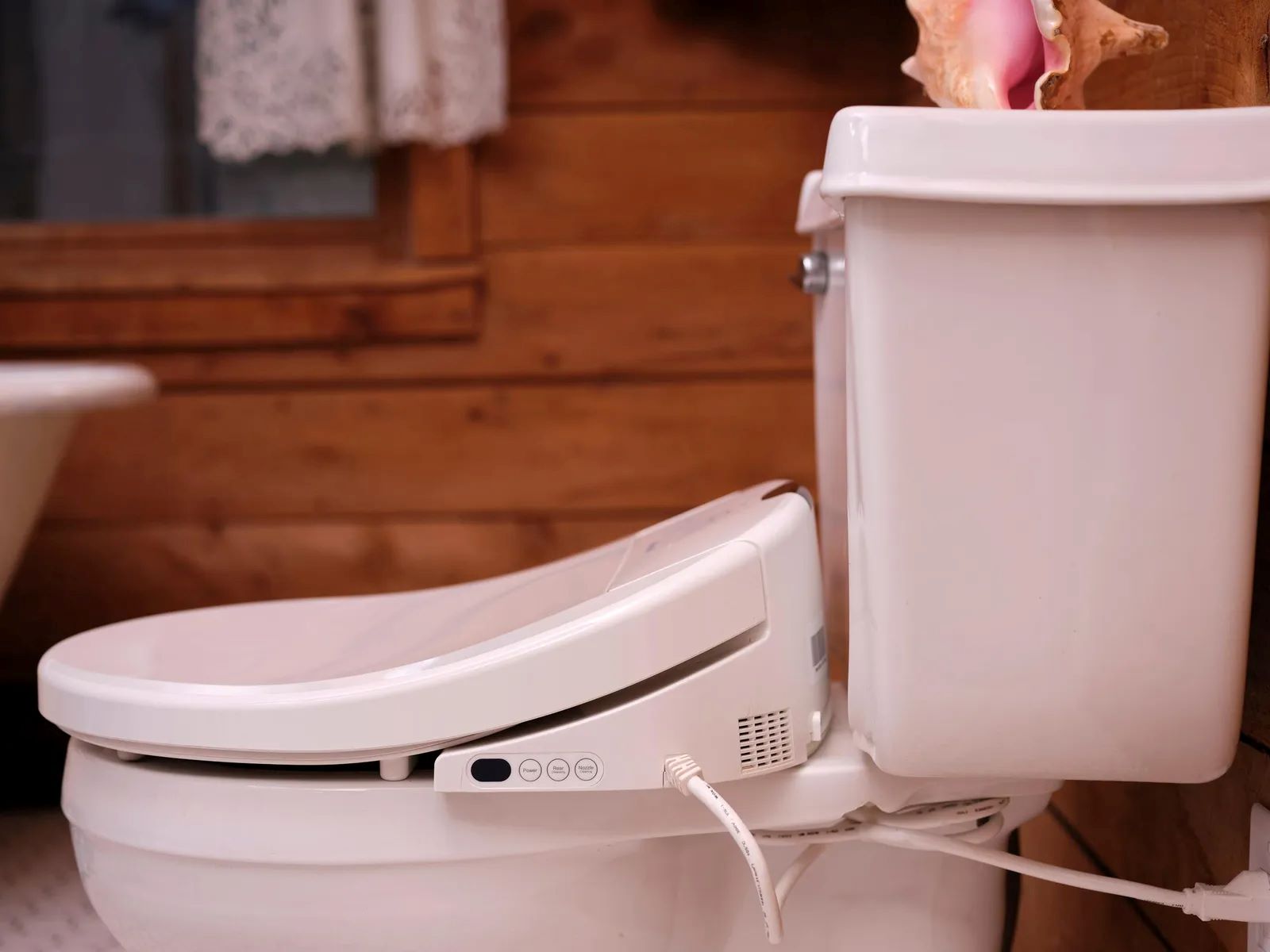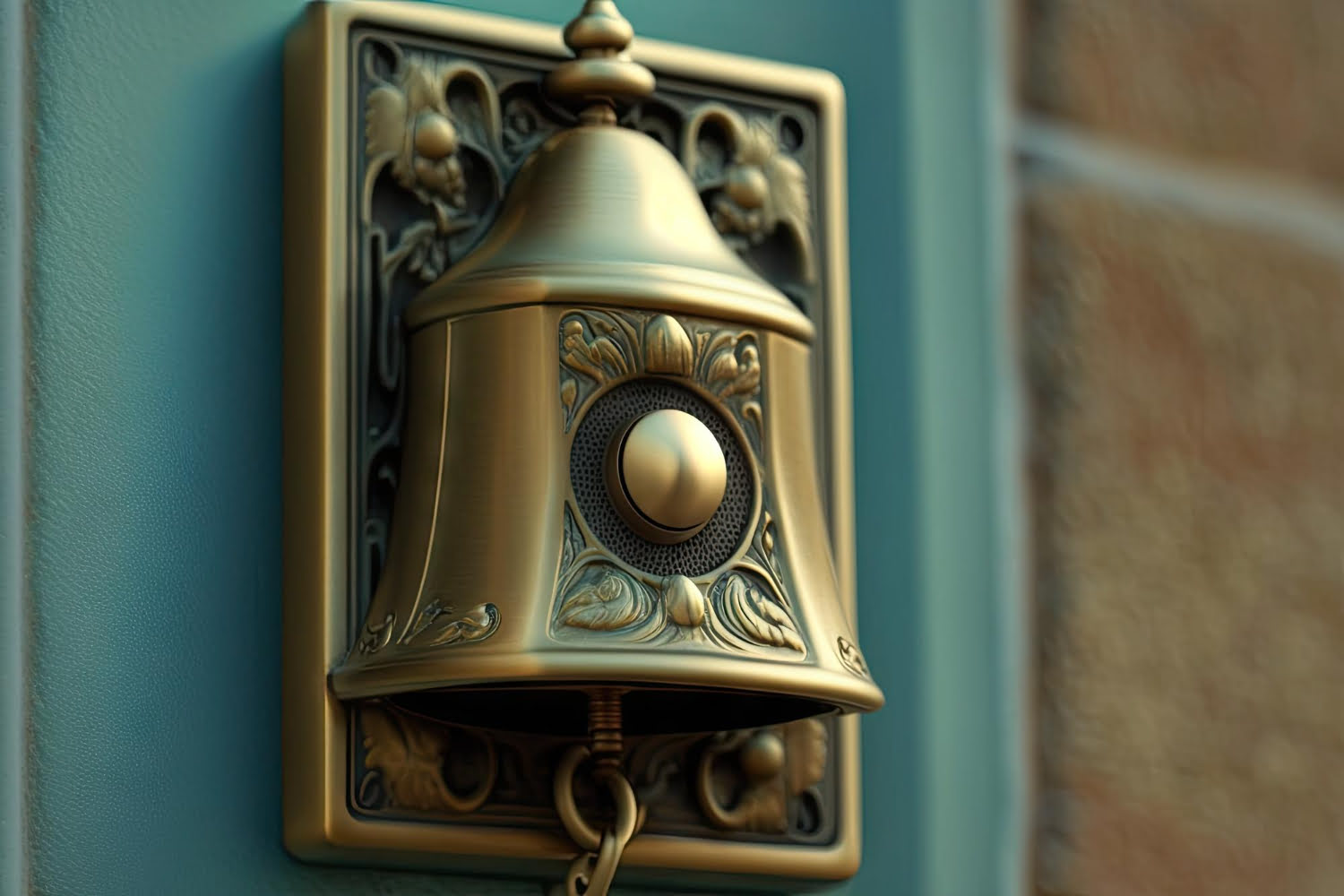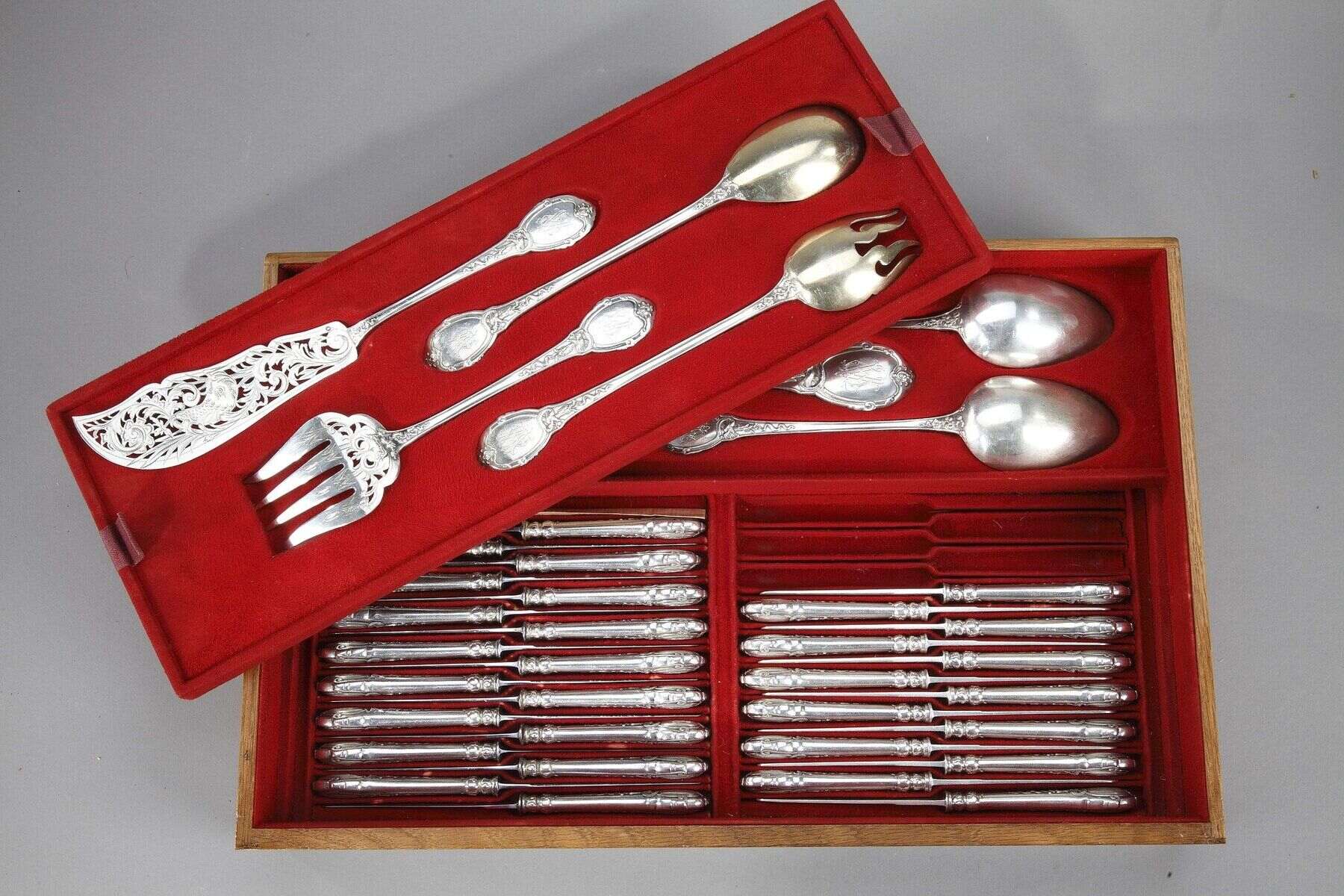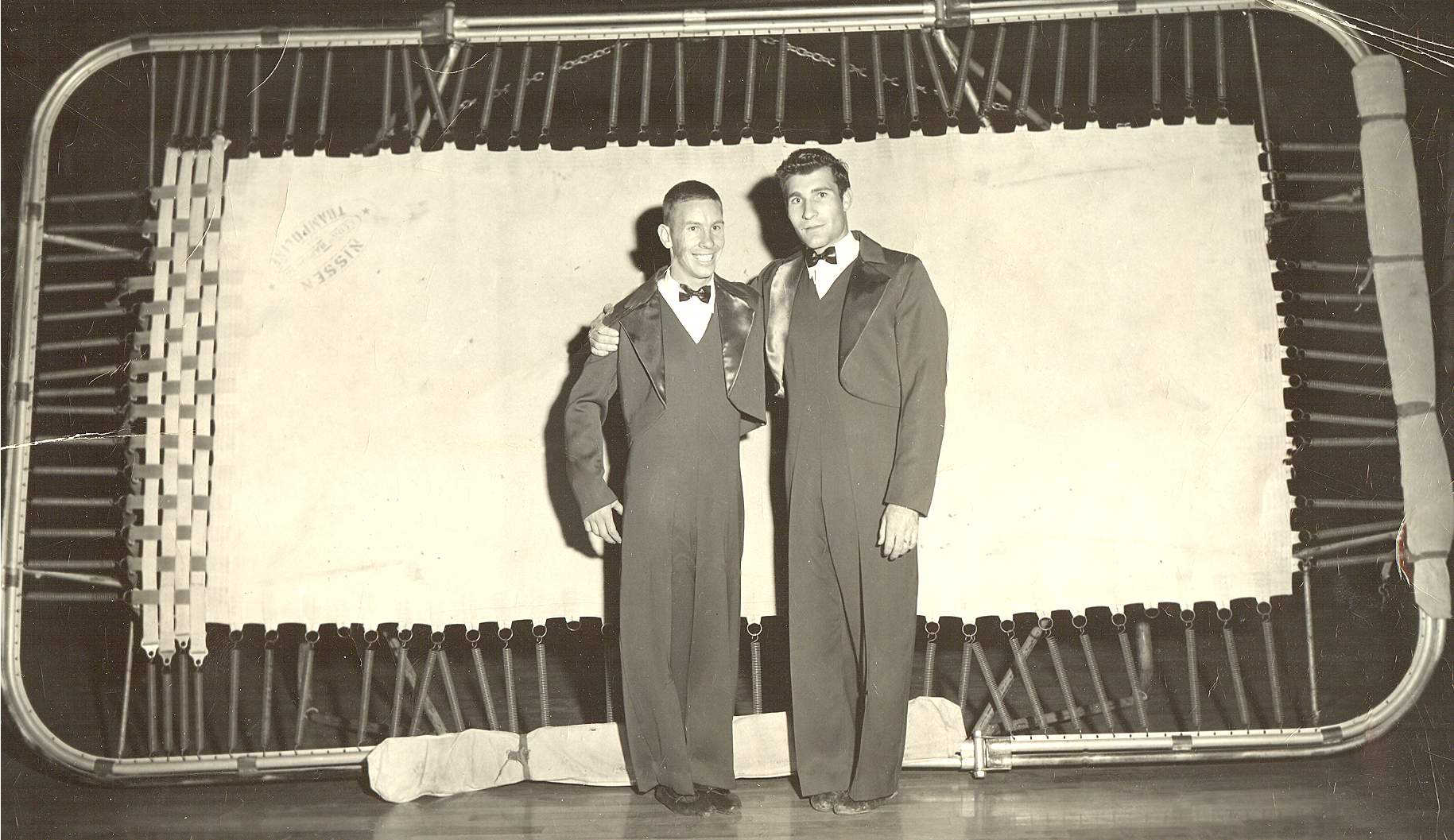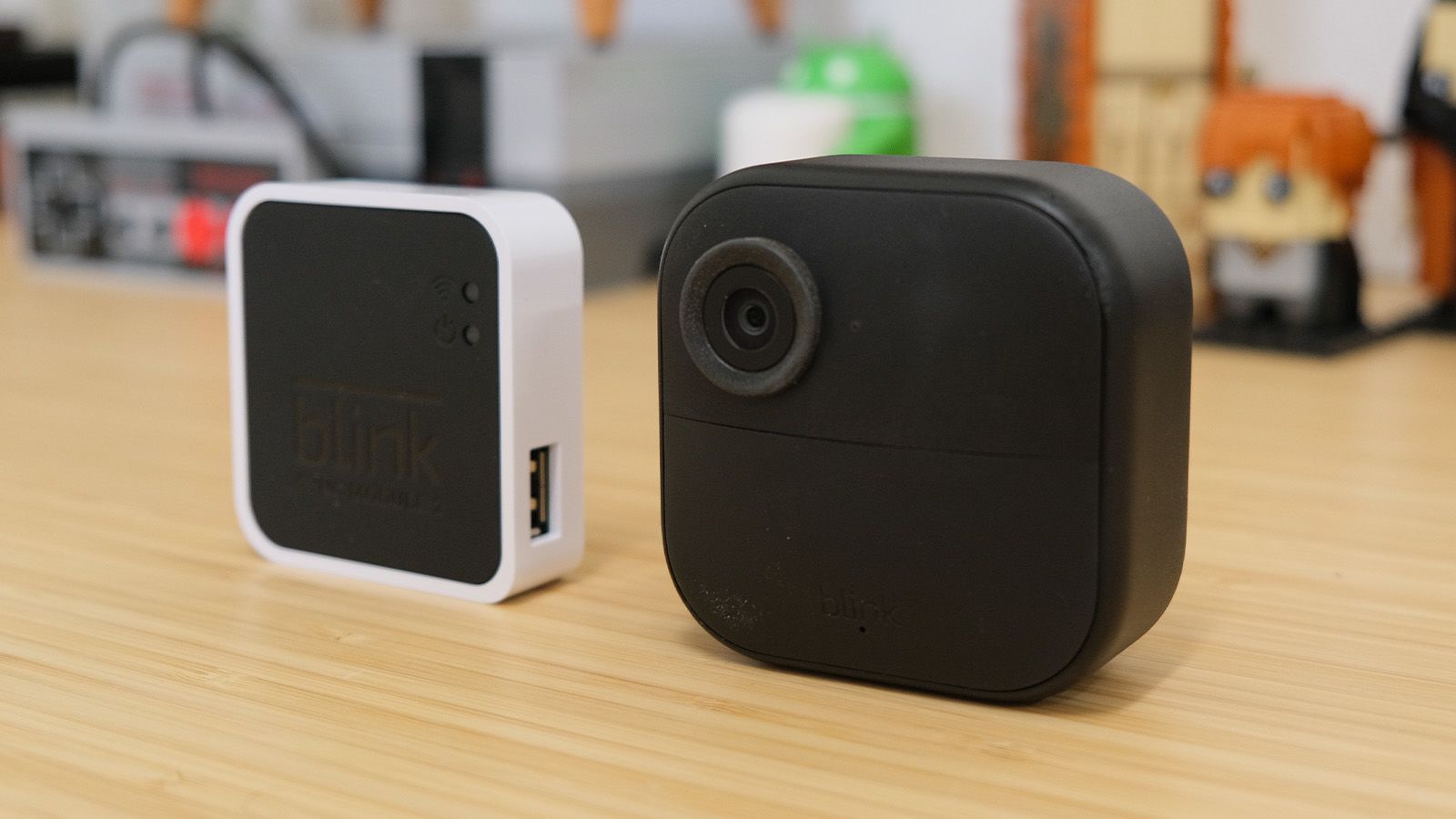Home>Home Security and Surveillance>Who Invented Home Security Systems
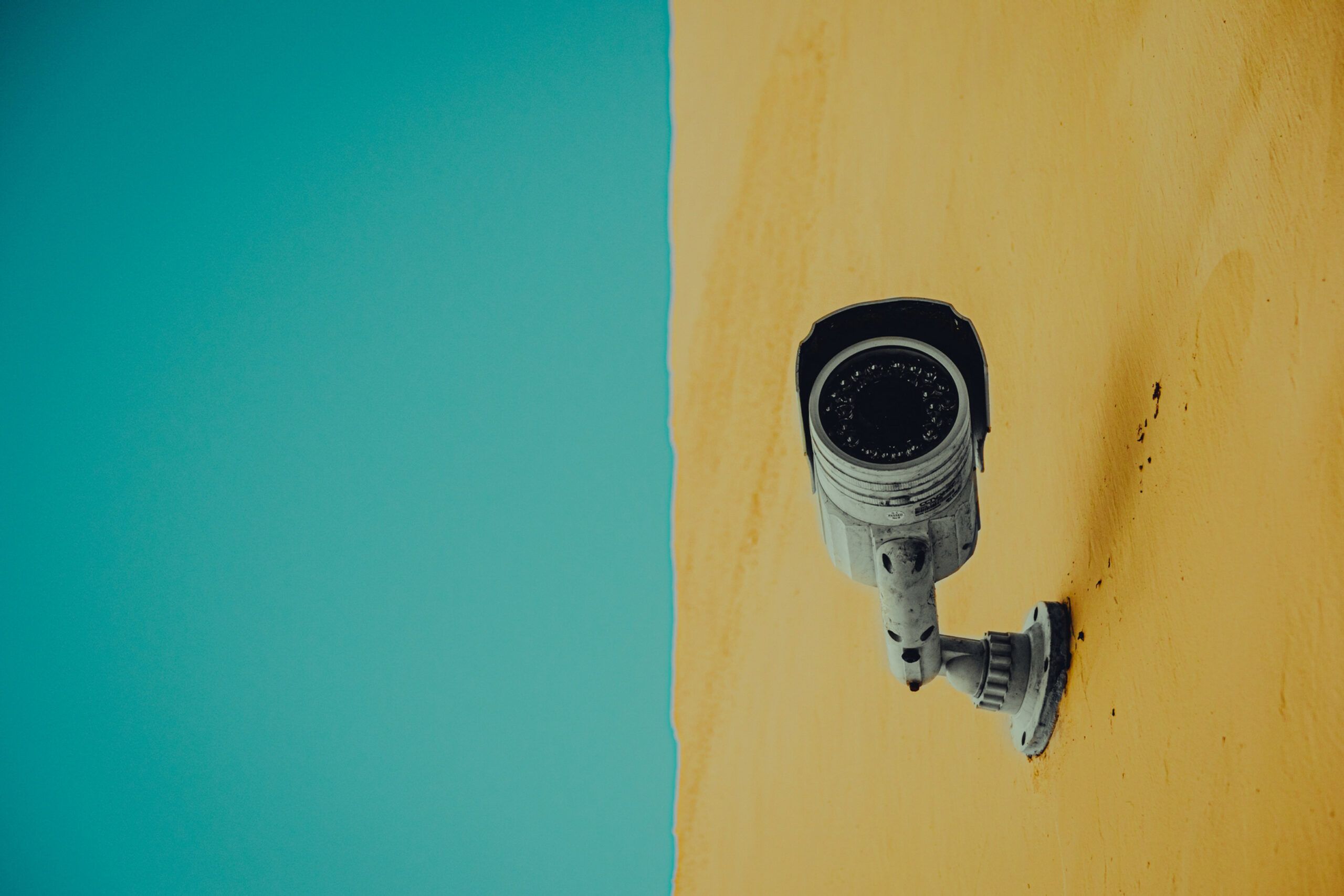

Home Security and Surveillance
Who Invented Home Security Systems
Modified: March 6, 2024
Discover the origins of home security systems and how they have evolved over time. Explore the importance of home security and surveillance in today's modern world.
(Many of the links in this article redirect to a specific reviewed product. Your purchase of these products through affiliate links helps to generate commission for Storables.com, at no extra cost. Learn more)
Introduction
Welcome to the world of home security systems; a realm where technology and peace of mind intersect. In today’s fast-paced world, ensuring the safety and security of our homes has become a top priority for homeowners. From protecting our loved ones to safeguarding our valuable possessions, the need for reliable and efficient home security systems has never been more crucial.
But have you ever wondered about the origin of these ingenious devices? Who were the masterminds behind the revolutionary invention of home security systems? In this article, we will delve into the intriguing history of home security systems, tracing its humble beginnings to its evolution into the advanced technology we rely on today.
Join us as we embark on a journey through time, exploring the fascinating advancements and the creative minds that shaped the world of home security.
Key Takeaways:
- Home security systems have evolved from basic locks to interconnected smart devices, providing peace of mind and protection. Innovators like Marie Van Brittan Brown and William T. Powers have left a lasting impact on the industry.
- The future of home security holds exciting possibilities, with advancements in IoT and smart home technologies. From facial recognition to voice-controlled access, the aim is to provide personalized and seamless security solutions for every homeowner.
Read more: When Was Security Camera Invented
The Need for Home Security Systems
In an era where our homes are filled with priceless possessions and our loved ones are our most precious assets, it is only natural to feel the need for enhanced security measures. The rise in crime rates and the increasing sophistication of burglars and intruders have made it imperative for homeowners to take proactive steps to protect their properties.
Home security systems serve as a deterrent to potential criminals, providing a sense of security and peace of mind. These systems not only protect against theft but also play a vital role in safeguarding homes from other dangers such as fire, carbon monoxide poisoning, and accidents.
As we embrace the digital age, home security systems have become more interconnected and intelligent, allowing homeowners to monitor and control their homes remotely. With features such as video surveillance, smart locks, motion sensors, and real-time alerts, these systems provide a comprehensive solution to home security.
Moreover, the advent of smart home technologies and the integration of artificial intelligence have revolutionized the concept of home security. Homeowners can now automate and personalize their security systems, tailoring them to their specific needs and preferences.
Ultimately, the need for home security systems arises from our innate desire for safety and protection. By investing in these systems, homeowners can rest assured knowing that their homes are fortified against unwanted intrusions, disasters, and emergencies.
Early Home Security Systems
While the concept of home security systems may seem like a relatively modern invention, the roots of this technology can be traced back centuries. In ancient times, people relied on basic methods such as locks, barricades, and guard animals to protect their homes.
However, it was during the Industrial Revolution in the 18th century that the first significant advancements in home security emerged. The invention of the telegraph and the introduction of electrical systems paved the way for more sophisticated security measures.
One of the early innovations was the development of electric alarm systems. These systems consisted of a series of wired circuits connected to sensors, which would trigger an alarm when breached. Although primitive by today’s standards, these early alarm systems marked the beginning of automated home security.
In the late 19th century, the introduction of telephone lines revolutionized home security even further. Now, homeowners could connect their alarm systems to a central monitoring station, where operators would receive alerts and dispatch help in case of an emergency. This integration of telephone lines made home security more efficient and reliable.
The early 20th century witnessed the emergence of more advanced home security devices. Companies such as ADT (American District Telegraph) played a pivotal role in popularizing the use of alarm systems in residential settings. These systems utilized electromechanical components and were typically armed and disarmed using physical keys.
As technology continued to advance, so did home security systems. The invention of the transistor in the mid-20th century brought about a new era of miniaturization, making it possible to create smaller and more efficient security devices.
The development of closed-circuit television (CCTV) in the 1940s also revolutionized home security. CCTV systems allowed homeowners to monitor their properties using video surveillance cameras, providing an extra layer of protection.
While early home security systems were often expensive and limited in their capabilities, they paved the way for the more sophisticated and interconnected systems that we rely on today. These early inventions laid the foundation for the modern home security industry and showcased the potential of technology in improving home safety.
The first home security system was invented by Marie Van Brittan Brown in 1966. She created a system with peepholes, a camera, and a monitor to increase home security.
The Development of Modern Home Security Systems
The rapid advancement of technology over the past few decades has significantly transformed home security systems, offering homeowners a wide range of cutting-edge solutions. Modern home security systems are now smarter, more user-friendly, and more effective than ever before.
One of the key developments in modern home security systems is the integration of wireless technology. Wireless systems eliminate the need for complex wiring, making installation easier and more convenient. These systems utilize Wi-Fi, cellular networks, and radio frequency communication to connect various components.
The rise of the Internet of Things (IoT) has also played a pivotal role in shaping modern home security systems. IoT allows different devices to connect and interact with one another, creating a seamlessly integrated network. Homeowners can now control their security systems, access live video feeds, and receive real-time alerts through their smartphones or other internet-connected devices.
One of the most prominent features of modern home security systems is the use of advanced sensors. These sensors can detect motion, heat, smoke, and even identify human faces. They are designed to accurately differentiate between normal activity and suspicious behavior, reducing false alarms and providing reliable security monitoring.
The incorporation of artificial intelligence and machine learning has further enhanced the capabilities of home security systems. Smart algorithms can analyze data collected from various sensors and cameras to detect patterns and unusual activities. This enables the system to adapt and provide more personalized security measures based on the homeowner’s specific needs.
Another significant development in modern home security systems is the emergence of smart locks and access control. Homeowners can now remotely lock and unlock doors, grant access to trusted individuals, and receive notifications when someone enters or exits their property.
Furthermore, the proliferation of video surveillance technology has transformed the way we monitor our homes. High-definition cameras, both indoor and outdoor, offer live streaming, recording capabilities, and even two-way audio communication. These cameras provide a visual deterrent to potential intruders and allow homeowners to keep an eye on their property from anywhere in the world.
Cloud storage has also become an integral part of modern home security systems. It allows homeowners to store and access their security footage remotely, ensuring that crucial evidence is not lost in the event of tampering or theft.
In summary, modern home security systems have come a long way from their early predecessors. The integration of wireless technology, IoT, advanced sensors, artificial intelligence, and video surveillance has made these systems more sophisticated and reliable than ever. With continuous advancements in technology, the future of home security holds even more promising possibilities.
Contributors to Home Security System Inventions
Throughout history, numerous innovators and companies have made significant contributions to the development and improvement of home security systems. These individuals and organizations have played a crucial role in shaping the technology we rely on today. Let’s explore some of the key contributors to home security system inventions.
- Marie Van Brittan Brown: In the 1960s, Marie Van Brittan Brown, an African American nurse and inventor, revolutionized home security with her patented invention of a closed-circuit television security system. Her system included a camera that could be remotely controlled, and the video feed could be displayed on a monitor inside the home. Brown’s invention provided a foundation for modern-day video surveillance systems.
- Augustus Russell Pope: In the late 1800s, Augustus Russell Pope invented the first practical burglar alarm system. His system utilized electromagnets and a series of bells to detect unauthorized entry and alert homeowners. Although rudimentary by today’s standards, Pope’s invention marked a significant step towards automated home security.
- Edwin Holmes: Edwin Holmes, an American inventor, is credited with popularizing the concept of residential alarm monitoring. In 1858, he founded the first security alarm company, the Holmes Electric Protection Company, which offered remote monitoring services via telegraph lines. Holmes’ company laid the foundation for the modern alarm monitoring industry.
- William T. Powers: William T. Powers, an electrical engineer, developed the first wireless home security system in the early 20th century. His system utilized radio frequency communication and allowed homeowners to arm and disarm their alarm systems wirelessly. Powers’ invention eliminated the need for physical keys and paved the way for the wireless systems we use today.
- ADT: American District Telegraph, now known as ADT, played a significant role in the popularization of home security systems. ADT was founded in 1874 and became one of the first companies to offer alarm monitoring services. Their innovative use of telephone lines and dedicated monitoring stations set a precedent for the industry.
- Security Companies: Over the years, numerous security companies have contributed to the advancement of home security systems. Companies like Honeywell, SimpliSafe, Ring, and Nest have introduced innovative products and technologies that have revolutionized the industry. From smart doorbells to motion sensors and smart locks, these companies continue to push the boundaries of home security.
These are just a few examples of the many contributors to the invention and evolution of home security systems. Their ingenuity, dedication, and technological breakthroughs have made our homes safer, more secure, and better protected.
Read more: Who Invented The Portable Air Conditioner
Conclusion
Home security systems have come a long way since their humble beginnings. From simple locks and barricades to interconnected smart devices, the evolution of home security technology has been nothing short of remarkable. The need for enhanced security and the drive for innovation have fueled the creation of advanced systems that provide homeowners with peace of mind and protection.
Throughout history, various inventors and companies have contributed to the development of home security systems. From Marie Van Brittan Brown’s pioneering CCTV system to William T. Powers’ wireless technology, these innovators have left an indelible mark on the industry. Their inventions have paved the way for the modern, interconnected security systems we rely on today.
The continuous advancements in technology have brought forth a new era of home security. Wireless connectivity, artificial intelligence, video surveillance, and smart devices have transformed the way we safeguard our homes. Homeowners now have access to a vast array of options to customize and enhance their security systems according to their needs.
As we look to the future, the possibilities for home security systems seem endless. With the rapid development of IoT and the integration of smart home technologies, we can expect even more sophisticated and seamless security solutions. From facial recognition technology to voice-controlled access, the future holds exciting innovations that will further elevate the level of protection for our homes.
However, amidst all the advancements in technology, it is important to remember that the ultimate aim of home security systems is to provide a sense of safety and peace of mind. These systems give homeowners the assurance that their loved ones and valuable possessions are protected.
In conclusion, home security systems have undergone a remarkable transformation over the years, thanks to the contributions of innovators and the continuous evolution of technology. From the simplest alarm systems to the interconnected smart devices of today, these systems play a vital role in keeping our homes and loved ones safe. As technology continues to progress, we can look forward to even more advanced and personalized home security solutions that cater to the unique needs of every homeowner.
Frequently Asked Questions about Who Invented Home Security Systems
Was this page helpful?
At Storables.com, we guarantee accurate and reliable information. Our content, validated by Expert Board Contributors, is crafted following stringent Editorial Policies. We're committed to providing you with well-researched, expert-backed insights for all your informational needs.
